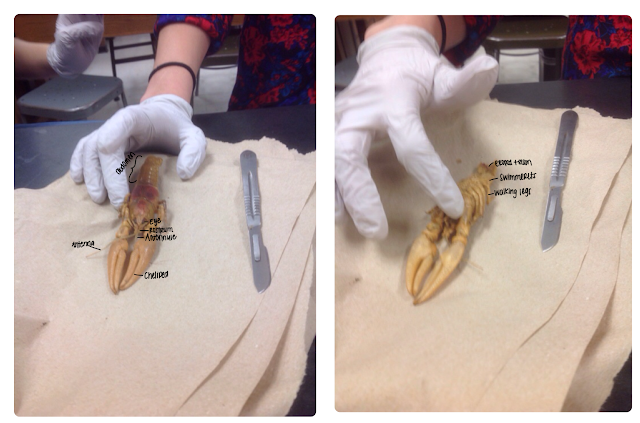Artificial Selection Lab
The purpose of the lab was to artificially select the traits we wanted to express in the second generation of the fast plants seeds. We wanted to see if we could pick and choose which plants it breed together to come up with a specific phenotype.
Evolution occurs when characteristics of a population evolve over a long period of time. In natural selection, genes of a population that are favored will be passed to offspring, continuing the presence of the trait. Traits that are not beneficial to the organism, and possibly even harm them, are not passed on to the next generation and die out. This could be due to change in the environment, natural selection of genes, or another change in traits. Artificial selection is the opposite of natural selection, because the environment is not determining the traits. It is the ability of humans to alter the way in which evolution works by controlling which individuals will reproduce., therefore controlling the results of the cross. This process does not occur naturally in the environment, and can only be done by human control. By doing this, we can attempt to control or predict the traits of their offspring. Plants can be artificially selected by choosing which breeds of flowers will reproduce with another. Another example of artificial selection are the different breeds of dogs that we have. Humans have picked and altered the traits of wolves, choosing which traits offspring should have by selecting which specimen will reproduce. In this lab, we attempted to artificially select which traits the offspring of the parental generation would have. By choosing which traits we want for the offspring, we determine which parent generations to cross.
Procedures: We got a cup of dirt to put in our pot and labeled which type of plant we had to keep track of growth and so we could pick which plant to breed. We cut a wicking cord to feed it through the bottom so it could distribute water to the plant.
Next, we planted the F1 generation of seeds and monitored growth
Finally, we monitored growth over a long period of time. For a while we were basically just watering dirt, but eventually our plants began to grow a little bit.
Next, we went on a three day weekend and came back to all dead plants that looked something like this due to a lack of water. Possibly due to the failed wicking cord.
Lastly, after using the cheat seeds we began to see actual flowers. I think that due to us being on top of our watering after having dead plants in the reason that we saw so much growth.


We planted F1 seeds. We planted three purple stem hairy seeds, three non purple stem yellow green leaf, and three F1 non purple hairless( this one is short). They began to grow the first couple days and weeks. After about two weeks or so they died. This could be due to lack of water. On Friday they were alive after a three day weekend they were no longer living, fear not they provided nutrients to the soil. We used the cheat seeds for the F2 generation. We did not actually artificial select the traits we wanted to see expressed in the F2 generation because all of our F1 plants died. From the F2 seeds we should have seen 9 purple stemmed green leafed, 3 purple stemmed yellow leaves, 3 green stemmed green leaves, 1 green stemmed yellow leaves. We saw one purple stemmed yellow leaved flower, one green stemmed green leaved flower, and one green stemmed yellow leaved flower. The difference in observed and expected phenotype counts could be due to some of the plants not sprouting. The plants that did sprout could have blocked other plants from sprouting. The seeds on the top of the soil could have not sprouted because they could have been displaced after we watered the plants. It could also be due to potentially defective seeds that may be old or that didn’t sprout properly because they were under light. The seeds that were too deep in the soil didn't sprout because they didn't get enough sunlight. The wicking cord could have unevenly supplied water for some plants. Human error of neglect also played a role especially in the F1 generation. The lack of water for a few days caused the F1 generation to die.
In conclusion, this lab was not completely successful. Due to human error the plants in the F1 generation died and thus we were not able to breed the plants to come up with our own expressed traits. If done correctly, we should have seen some tall plants some plants with purple stems and some short plants and some with green stems. These would have resulted in a 9:3:3:1 ratio but some of the plants didn't grow at all. This could also be a result of defective seeds, causing the plant to not grade at all. Essentially, we should have seen a variety of phenotypes fromt the plants which we did not due human error, possibly defective seeds, or lack of water.









